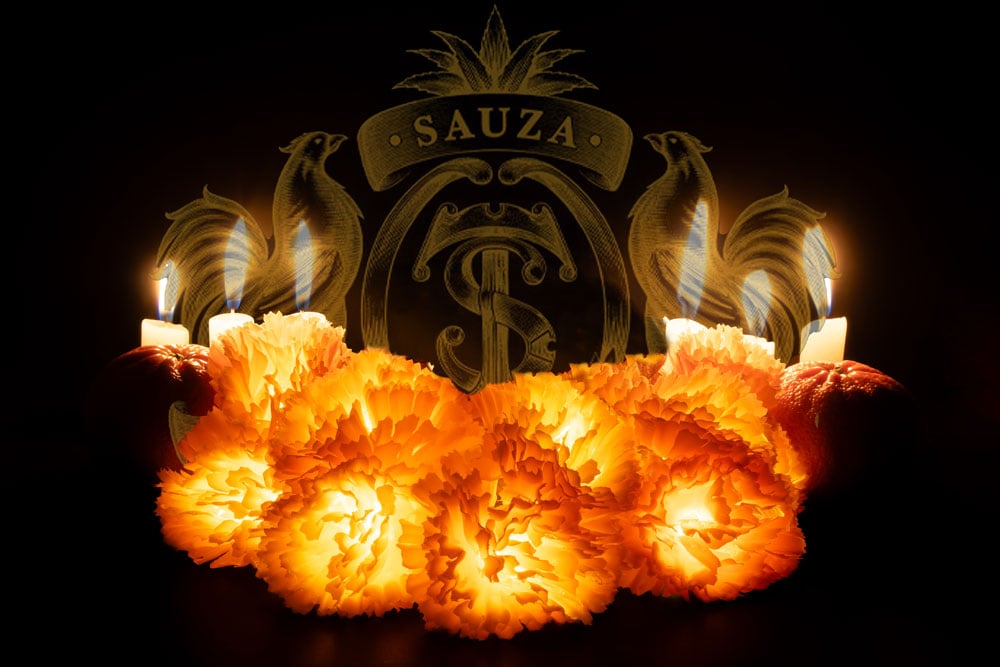
The altar of the dead is a tradition deeply rooted in Mexican culture, a beautiful manifestation of affection and remembrance for those loved ones who have passed on. It is a special corner that is created in homes during the Day of the Dead, full of color, aroma, and symbolism. Discover how to make an altar of the dead:
Why an altar of the dead is made
Mexican families set up an altar of the dead not only as an act of remembrance and affection for those who are no longer on the earthly plane but also as a manifestation of the Mexican conception of death, which sees departure not as an absolute end, but as a transition in a continuous cycle of existence.
Through the altar, families create a sacred space full of colors, aromas, and meaningful objects that serve as a bridge between the world of the living and the world of the dead, facilitating that, during the Day of the Dead, the souls return briefly to enjoy the offerings and feel the love of their loved ones.
In the Day of the Dead tradition in Mexico, the belief is held that the souls of the deceased, during this ephemeral visitation, the souls are nourished by the essence and aroma of the foods they most enjoyed in life, which are placed on the altar as an offering. Although they do not consume the food in a physical sense, it is said that they absorb the spiritual essence of these delicacies, allowing them to relive sensations and memories linked to those foods and beverages.
Elements of an Altar of the Dead:
1. Estructura de niveles:
Traditionally, altars can have two, three, or seven levels. Each tier represents a different stage in the journey to the afterlife or aspects of life and death. For example, a three-tiered altar might symbolize heaven, earth, and the underworld.
2. Images and photos:
Photographs of deceased loved ones are placed on the altar, recalling their presence and evoking their memory.
3. Candles and lights:
The candles light the way for the returning souls. Each flame represents a life and guides the souls to the offerings.
4. Flowers:
The cempasúchil flower is the most characteristic. Its orange petals are scattered on the altar and surroundings, tracing a path for the souls.
5. Food and drink (Tequila):
The food and drink enjoyed by the deceased in life are placed. Tequila, especially if the loved one is fond of this drink, is placed in a glass, tequila glass, or jarrito. Tequila bottles, such as those from Casa Sauza or other iconic brands, not only add a traditional touch but also evoke shared moments and past celebrations. Because it is a Mexican tradition and the emblematic drink of Mexico is tequila, tequila is a must on the altar.
6. Personal items:
Objects that belonged to the deceased or that had a special meaning to him or her, such as musical instruments, jewelry, or books, may be added.
7. Pan de muerto:
This sweet bread, sprinkled with sugar and decorated with shapes that evoke bones, is essential on any altar.
8. Scents:
Incense, especially copal, is often used to purify the space and guide souls with its characteristic aroma.
Creating a Day of the Dead altar is a deeply personal and spiritual experience. Incorporating tequila not only enriches the tradition but also celebrates the life and the moments shared with those who are no longer physically present.
.png?width=50&height=50&name=10.CS-Redondo%20(1).png)

